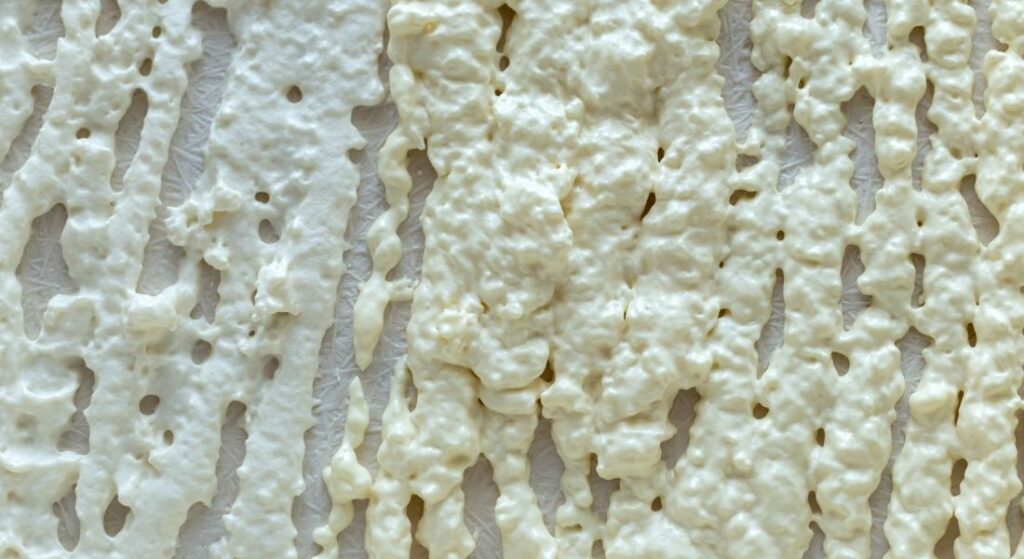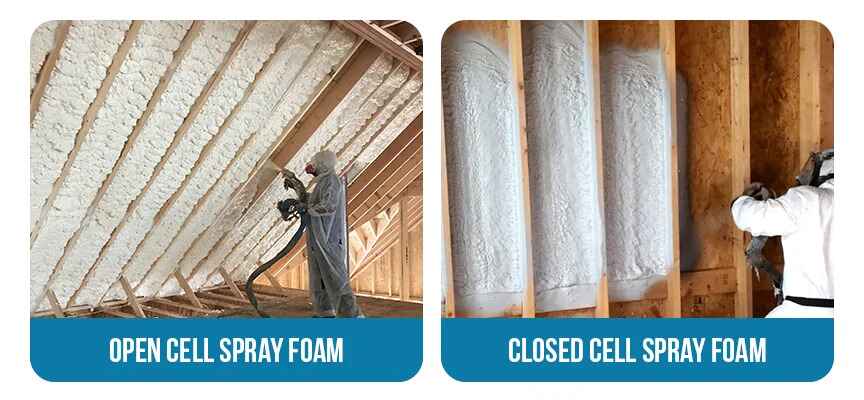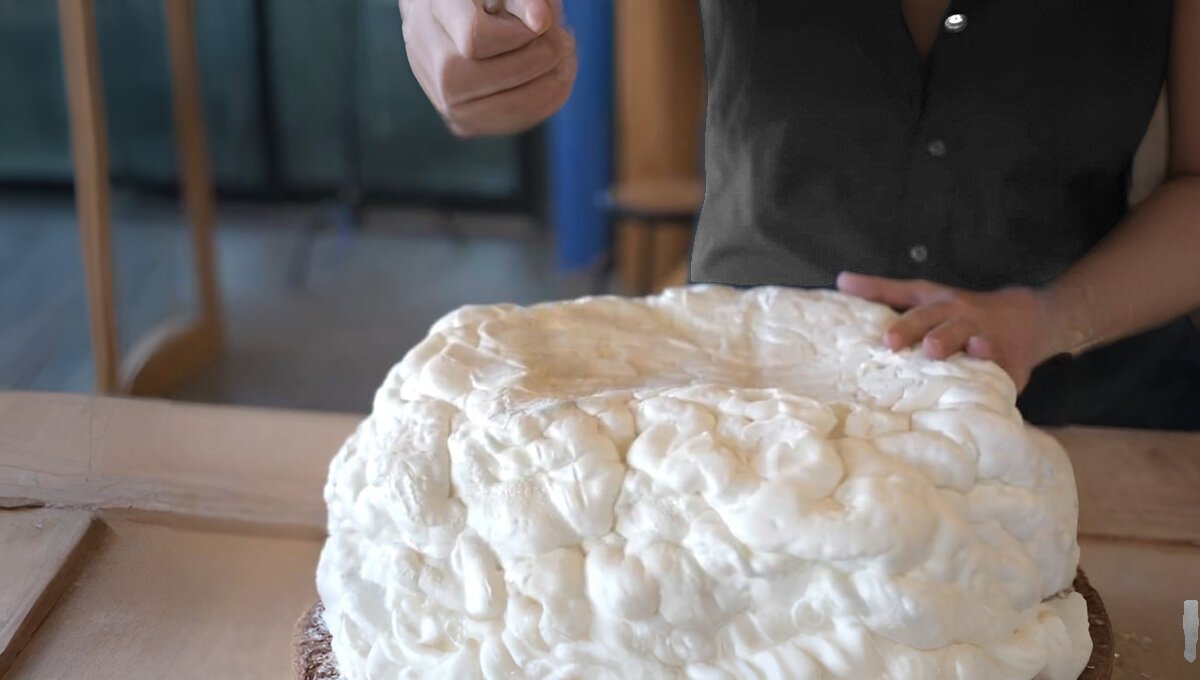Spray foam insulation is widely regarded as an effective method for retaining heat and coolness, making it a popular choice among homeowners and builders. This insulation material not only helps to regulate temperature within a home but also plays a crucial role in maintaining the structure dry and in good shape. However, when it comes to its water-resistant properties, many are concerned about its ability to hold up against drastic temperature changes that can lead to moisture issues such as condensation and mold.

Spray foam insulation is a versatile solution that offers protection from moisture, pests, and harsh weather conditions, making it a reliable choice for various construction and renovation projects. Its water resistance depends on proper installation and the type of foam used. In this article, we explore whether spray foam is truly waterproof, the key factors affecting its water resistance, and how to ensure a correct application to maximize protection against moisture and flooding risks.
Is Spray Foam Insulation Waterproof?
Spray foam insulation can provide waterproofing, but this depends on the type used. Closed-cell foam is highly water-resistant and, in some cases, fully waterproof due to its dense structure. In contrast, open-cell foam absorbs moisture and is not suitable for waterproofing. The foam’s cell structure and density are key factors in determining its water resistance, making closed-cell foam the ideal choice for areas prone to moisture or flooding.
These distinctions are crucial because the factors that affect a foam’s ability to resist water hinge significantly on its cell structure and density. Understanding these properties helps in choosing the right spray foam insulation for areas that demand robust waterproofing to protect against moisture and prevent potential damage.
Exploring Key Factors That Influence Water Resistance in Spray Foam Insulation
Comparing Open Cell and Closed Cell Foam Types
When considering the factors affecting spray foam insulation’s water resistance, it’s essential to focus on the type of foam used. Spray foams come in two types: open cell and closed cell. Closed cell foams, notable for their low permeability and dense structure, are classified as waterproof by manufacturers. This type of foam offers efficient waterproof insulation due to its tight cell structure that effectively retards water, making it watertight and suitable for environments requiring robust water resistance.

Conversely, open cell spray foam is lighter, designed to expand, and excels at filling large areas, insulating corners, and crannies. While it provides sufficient insulation, it does not offer the same level of protection against water as closed cell foams do. The closed cell counterpart, with its stronger resistance to elements, including water, is preferred in situations where true waterproof properties are necessary. The distinct properties of each type underline the importance of choosing the right foam based on the specific protection and environmental needs required.
Impact of Insulation Thickness on Water Resistance
The thickness of the insulation plays a crucial role; generally, the thicker the foam, the greater its ability to resist water from seeping into the building. This physical attribute directly determines the properties of the insulation’s barrier against moisture penetration.
Importance of Installation Quality
Another critical aspect is the quality of installation. For spray foam insulation to function optimally, it must be installed properly. Proper installation is vital to avoid complications that could impair its water resistance. Incorrect application can lead to uneven coverage, which might result in reduced effectiveness.
Effects of Gaps and Voids on Insulation Integrity
Gaps, holes, or voids within the installation can severely affect the foam’s ability to block water. Even small openings can allow water to seep into the building, reducing the effectiveness of the insulation and compromising the structural integrity of the installation.
Advantages of Waterproof Spray Foam Insulation
Waterproof spray foam insulation offers maximum comfort by ensuring that every building is protected from heat, excess moisture, and noise all year round. It is considered the best type of waterproof insulation because it not only protects against heat transfer but also significantly reduces moisture intrusion and sound penetration. Among the key benefits of choosing waterproof spray foam insulation include
- Enhancing Energy Efficiency
- Increased Longevity and Structural Durability
- Preventing Moisture-Related Issues with Effective Insulation
Enhancing Building Efficiency
Waterproof spray foam insulation significantly improves energy efficiency by effectively sealing holes, gaps, and crevices that are common sites for heat loss and building leakages. This insulation maintains a consistent temperature within the building, greatly enhancing thermal resistance and reducing the energy costs associated with heating and cooling.
Increased Longevity and Structural Durability
Moreover, waterproof spray foam insulation is known for its increased durability compared to other insulation methods. It is long-lasting and resists shrinking over time, which contributes to the structural integrity of the building. For example, a roof insulated with waterproof spray foam is likely to last longer, offering sustained protection against environmental wear and tear.
Preventing Moisture-Related Issues with Effective Insulation
Eliminating condensation is another vital benefit. In many buildings, condensation is a direct result of moisture buildup, which can lead to mold growth and mildew. Waterproof spray foam insulation addresses this issue head-on, providing a reliable solution to condensation problems in the home. This not only preserves the quality of indoor air but also safeguards the building’s interior from moisture-induced damage.
Essential Steps for Proper Installation of Waterproof Spray Foam Insulation
Proper installation of waterproof spray foam insulation is essential for its effectiveness. Following guidelines from experts can help ensure that the waterproof spray foam is properly installed. This involves using the right insulation system for the specific needs of the building, ensuring that every step of the process is done right.
Surface Preparation for Installation
It starts with preparing the surface, ensuring it is dry and clean, free from debris, dust, and moisture. During installation, it’s crucial to fill all gaps, holes, and voids thoroughly and allow the spray foam to cure properly to ensure full efficacy and prevent the release of toxins.
Hiring a Professional vs. DIY Installation
Deciding between hiring a licensed professional and choosing to install spray foam insulation yourself depends on the scale and complexity of the job. Licensed professionals are equipped with the necessary equipment and training to ensure a successful installation. While DIY can be tempting, professional installation guarantees the best results, especially where waterproofing is needed.
Importance of Ventilation During Installation
Proper ventilation is vital during the installation to protect against the release of harmful chemicals and prevent moisture accumulation, which could lead to mold growth in the building.
Regular Inspection and Maintenance
After installation, the next step is to inspect the insulation to make sure it has been applied correctly. Ongoing maintenance of the insulation is essential to ensure its effectiveness over time, with regular checks and necessary repairs or replacements.
By following these guidelines, you can ensure that your waterproof spray foam insulation is installed correctly and maintains its integrity and effectiveness, providing reliable insulation for your building.
Final Thoughts on Spray Foam Insulation and Waterproofing
In conclusion, achieving optimal performance from waterproof spray foam insulation truly comes down to the details. From my experience, beginning with a clean and dry surface is absolutely crucial; any overlooked debris, dust, or moisture can compromise the whole installation. Filling every gap, hole, and void meticulously ensures that no air leaks undermine the insulation’s effectiveness. Following these critical steps diligently, based on proven installation guidelines, allows the spray foam to excel in its role, enhancing a building’s energy efficiency and structural integrity significantly. For reliable insulation solutions, contact us today to connect with experts who can help keep your home energy-efficient and well-protected against water damage.
FAQ
What happens if spray foam insulation gets wet?
If spray foam insulation gets wet, its performance depends on the type. Closed-cell foam can perform well after drying, but open-cell foam may lose effectiveness if exposed to prolonged moisture. This makes closed-cell foam a more reliable option in damp areas.
Does spray foam seal out water?
Spray foam creates an air-tight sealing that can resist water from entering your home. It stops moisture from seeping in and damaging property. Many people use it in spaces prone to leaking, like crawlspaces and basements, for added protection.
Which spray foam insulation is waterproof?
Closed-cell spray foam is waterproof and controlled insulation that you can rely on. It works well in any home and under tough conditions outside. Fortunately, this makes it a durable choice for moisture protection.
Can moisture penetrate spray foam insulation?
Spray foam insulation is a type that can stop moisture from coming inside your home. Unlike fiberglass and other insulations, which have gaps and may absorb dampness, spray foam creates an enough barrier to prevent moisture from outside entering your space.

